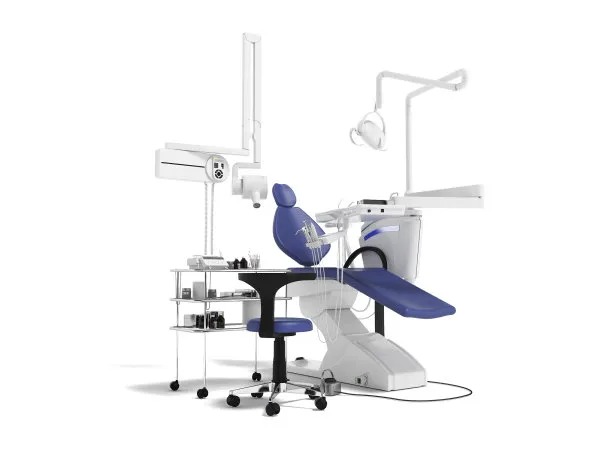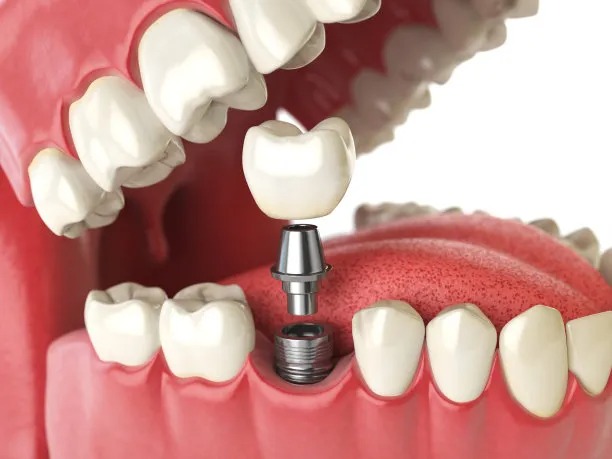Essential Guidelines to Ensure Safety and Effectiveness During Root Canal Treatment for Patients and Dentists
Summary: Root canal treatment is a commonly performed procedure that requires strict adherence to safety and effectiveness guidelines for both patients and dentists. This article outlines crucial protocols that should be followed to ensure a successful outcome. Key aspects include pre-treatment assessment and preparation, aseptic techniques to maintain a sterile environment, effective pain management strategies, and post-treatment care for optimal healing. By adhering to these guidelines, both dentists and patients can navigate the complexities of root canal therapy with confidence and minimize complications, ensuring a smooth and successful treatment process.
1. Pre-Treatment Assessment and Preparation

Before embarking on root canal treatment, a thorough pre-treatment assessment is essential. This includes taking a comprehensive medical history, as certain conditions could affect the treatment process or outcomes. Dentists must be aware of any allergies, medications, or health issues that the patient may have.
Radiographic imaging plays a pivotal role in the assessment phase. The use of X-rays helps to visualize the extent of the infection and the anatomy of the tooth, enabling the dentist to plan the procedure accurately. Understanding the number of canals and their shapes can significantly affect the treatments effectiveness.
Additionally, patient education is a key component during this phase. Dentists should explain the treatment process, the potential risks, and the expected outcomes. Ensuring that patients feel informed and comfortable can alleviate anxiety, fostering a collaborative relationship that promotes better treatment experiences.
2. Aseptic Techniques for a Sterile Environment
Maintaining aseptic techniques is crucial in root canal treatment to prevent infections. Dentists should meticulously prepare the treatment area by using sterilized instruments and implementing proper hand hygiene protocols. The use of personal protective equipment (PPE), such as gloves, masks, and goggles, is mandatory to protect both the patient and the dental staff.
The working field should be isolated using rubber dams, which not only helps to create a sterile environment but also prevents saliva from contaminating the root canal system. By keeping the area dry and clean, dentists can significantly reduce the risk of complications during the procedure.
Regular training on infection control protocols is vital for dental professionals. Staying updated on the latest guidelines and techniques in infection prevention will ensure that the highest safety standards are maintained throughout the treatment, ultimately leading to better patient outcomes.
3. Effective Pain Management Strategies
Pain management is a critical aspect of root canal treatment for both comfort and success. The use of local anesthetics is first-line treatment to ensure that the patient remains as pain-free as possible during the procedure. Dentists should be diligent in administering the anesthetic properly, as inadequate numbness can lead to patient discomfort and even treatment failure.
Moreover, dentists should discuss pain management options with patients before starting the treatment. Understanding the patients tolerance for pain and providing appropriate pre-procedural medications can enhance comfort. Options such as NSAIDs or sedatives may be considered based on individual needs.
Post-treatment pain management is equally important. Providing patients with clear instructions on managing discomfort after the procedure and prescribing adequate pain relief will contribute to a positive recovery experience. Regular follow-ups can help address any concerns and ensure that healing progresses smoothly.
4. Post-Treatment Care for Optimal Healing
Post-treatment care is essential for successful healing and should not be neglected. After a root canal procedure, patients need to be educated about what to expect regarding symptoms and recovery. Discussing possible side effects, such as swelling or mild discomfort, prepares patients for the healing process.
Follow-up appointments are crucial to monitor the healing of the treated tooth. Dentists should schedule these visits to assess the recovery process and ensure that no complications, such as reinfection, arise. Early detection of any issues increases the likelihood of successful outcomes.
Finally, dentists should emphasize the importance of maintaining oral hygiene following the treatment. Proper care at home, including brushing and flossing, along with regular dental check-ups, will help preserve the integrity of the repaired tooth and overall oral health.
Summary:
This article emphasizes the critical guidelines to ensure both safety and effectiveness during root canal treatment for patients and dentists alike. By focusing on pre-treatment assessment, maintaining a sterile environment through aseptic techniques, employing effective pain management, and prioritizing post-treatment care, both parties can contribute to a successful outcome. Following these guidelines fosters a safe environment that minimizes risks and enhances the treatment experience.
This article is compiled by Vickong Dental and the content is for reference only.



